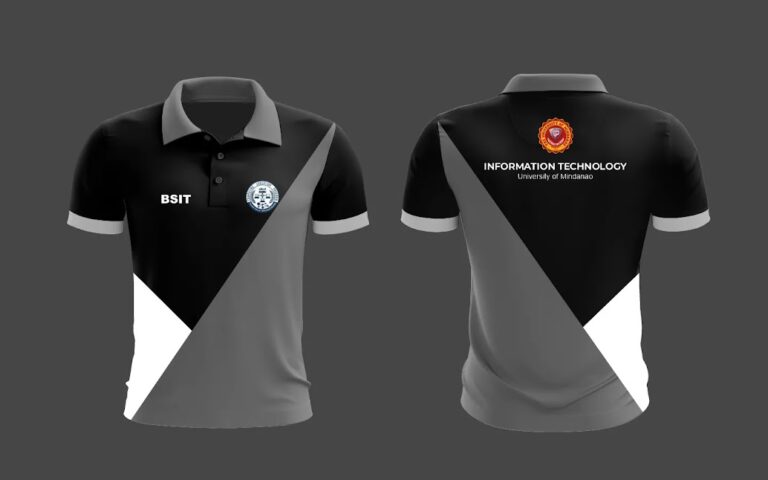A lab coat is a garment typically worn by professionals working in laboratory settings. It is a loose-fitting, knee-length coat that provides protection and serves as a barrier between the wearer’s clothing and potential hazards in the laboratory environment. Here are some key aspects of a lab coat:
- Material: Lab coats are commonly made from durable and lightweight fabrics such as cotton or polyester. The material should be resistant to chemicals and easy to clean.
- Design: Lab coats usually feature long sleeves and a full-button front closure. This design ensures coverage and easy removal if needed. Some lab coats may also have adjustable cuffs to provide a secure fit around the wrists.
- Length: Lab coats are typically knee-length or slightly shorter. The length helps to protect the wearer’s clothing from spills, splashes, or contamination.
- Pockets: Lab coats often have multiple pockets, both inside and outside, for conveniently carrying small laboratory tools, pens, or notebooks.
- Identification: In some cases, lab coats may include features for easy identification, such as color-coded collars or cuffs to differentiate between personnel in different roles or departments.
Lab coats are essential for several reasons:
- Personal protection: Lab coats provide a physical barrier between the wearer and potential hazards like chemicals, biological agents, or fine particles.
- Contamination prevention: Lab coats help prevent cross-contamination by keeping hazardous substances contained within the laboratory environment and minimizing the transfer of substances outside the lab.
- Hygiene: Wearing a lab coat helps maintain cleanliness and hygiene by minimizing the contact between the wearer’s clothing and the laboratory environment.
It’s important to note that wearing a lab coat is just one aspect of laboratory safety. Additional personal protective equipment (PPE) such as gloves, goggles, and appropriate footwear may also be necessary depending on the specific tasks and hazards involved in the laboratory work. Following safety protocols and guidelines is crucial to ensure a safe and productive laboratory environment.
IMAGE GALLERY

CONTACT US
For details, do any of the following:
- Call or text me at 09460480491
- Message us on Facebook at https://www.facebook.com/rbsublimationsignage/



